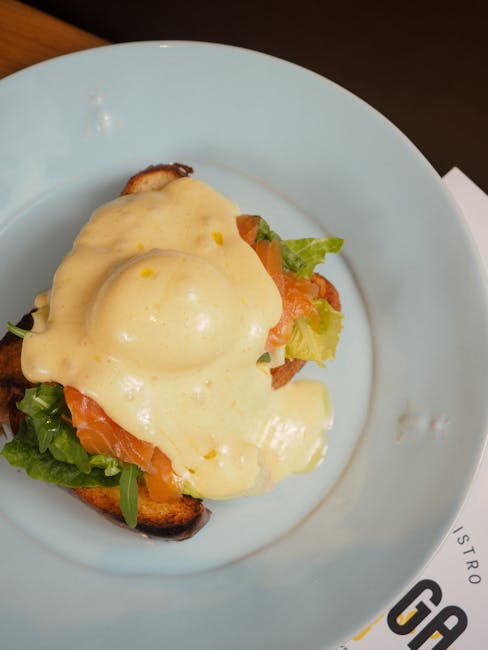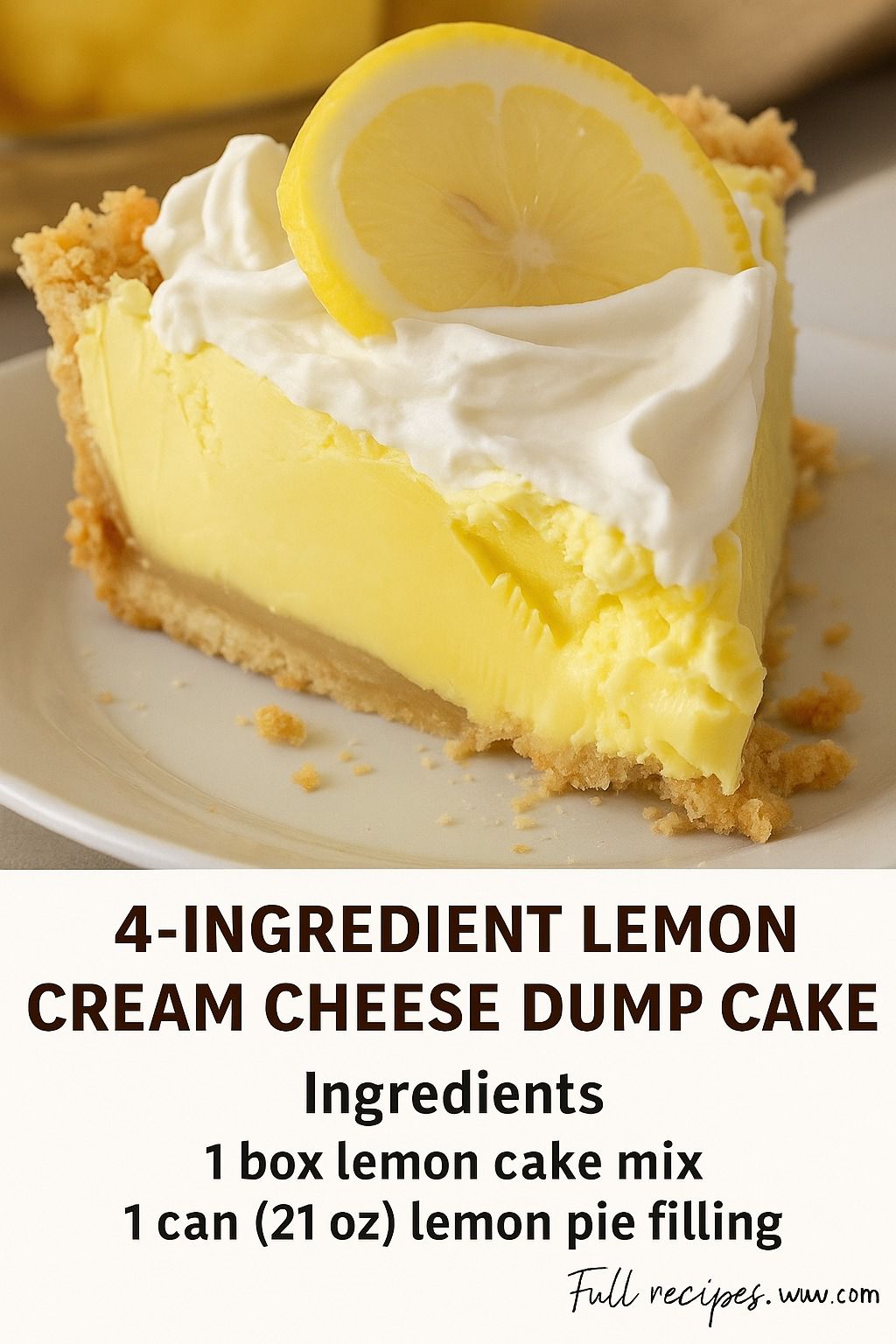egg and hollandaise sauce
Let’s Talk Eggs and Hollandaise: A Match Made in Brunch Heaven
Is there anything quite as decadent and satisfying as a perfectly poached egg draped in creamy, rich hollandaise sauce? Probably not! This classic pairing is a brunch staple for a reason. But behind the elegance lies some technique. Don’t worry, we’re here to demystify the process and get you making restaurant-quality eggs and hollandaise in your own kitchen. Get ready to impress!
The Art of the Poached Egg
The poached egg, that seemingly simple yet often elusive breakfast star. Fear not! With a few tricks and a little practice, you’ll be poaching like a pro in no time.
Choosing the Right Eggs
Freshness is key! Fresher eggs will hold their shape better in the water, resulting in a neater poach. Check the date on the carton and opt for the freshest you can find. Grade A or AA eggs are ideal.
The Perfect Poaching Technique
Here’s the step-by-step guide to perfectly poached eggs:
- **Prep the Water:** Fill a saucepan with about 3 inches of water and add a splash of white vinegar (this helps the egg whites coagulate). Bring the water to a gentle simmer – you want small bubbles, not a rolling boil.
- **Crack the Egg:** Crack each egg into a small ramekin. This makes it easier to gently slide them into the water.
- **Create a Vortex (Optional but Helpful!):** Gently swirl the simmering water with a spoon to create a vortex.
- **Slide the Egg In:** Carefully slide the egg from the ramekin into the center of the vortex (if using). Repeat with as many eggs as will comfortably fit in the pan without overcrowding.
- **Cook to Perfection:** Cook for 3-4 minutes for a runny yolk, or slightly longer for a firmer yolk.
- **Remove and Drain:** Use a slotted spoon to remove the eggs from the water. Drain them on a paper towel-lined plate to remove excess water.
Troubleshooting Poached Eggs
- **Egg Whites Spreading Too Much:** Make sure the water isn’t boiling too vigorously and that you’ve added vinegar.
- **Yolk Breaks:** Be gentle when handling the eggs. A very fresh egg is less likely to break.
- **Uneven Cooking:** Ensure the water temperature is consistent and that the eggs aren’t crowded in the pan.
Making Hollandaise: Mastering the Mother Sauce
Hollandaise sauce – often feared, but surprisingly simple to make! It’s all about understanding the emulsification process. Let’s break it down.
The Ingredients You’ll Need
Here’s what you need to create this luscious sauce:
- Egg yolks (fresh and vibrant!)
- Lemon juice (freshly squeezed is best)
- Melted butter (clarified butter is ideal, but not essential)
- Salt and pepper to taste
- Cayenne pepper (optional, for a little kick)
The Hollandaise Method
There are several ways to make hollandaise, but we’ll focus on a popular and reliable method:
- **Prepare a Double Boiler:** Combine egg yolks and lemon juice in a heatproof bowl that fits snugly over a saucepan of simmering water (make sure the bowl doesn’t touch the water).
- **Whisk Vigorously:** Whisk the egg yolks and lemon juice constantly over the simmering water until the mixture becomes pale and thickens slightly. This usually takes about 3-5 minutes.
- **Slowly Drizzle in the Butter:** Remove the bowl from the heat and gradually drizzle in the melted butter while whisking continuously. It’s crucial to add the butter slowly to allow the emulsion to form properly.
- **Season and Serve:** Season with salt, pepper, and cayenne pepper (if using). Taste and adjust the seasoning as needed. Serve immediately.
Tips for Perfect Hollandaise
- **Butter Temperature:** The butter should be melted but not too hot. Too hot and it can cook the egg yolks.
- **Whisking is Key:** Constant whisking is crucial for creating a smooth and stable emulsion.
- **Consistency:** If the sauce is too thick, whisk in a teaspoon or two of warm water to thin it out. If it’s too thin, whisk it over low heat until it thickens slightly.
Rescuing Broken Hollandaise
Uh oh, did your hollandaise separate? Don’t panic! Here’s a simple rescue trick:
- In a clean bowl, whisk 1 tablespoon of warm water with 1 egg yolk.
- Very slowly drizzle the broken hollandaise into the yolk mixture, whisking constantly until the sauce comes back together.
Putting it All Together: Eggs Benedict and Beyond!
Now that you’ve mastered poached eggs and hollandaise, it’s time to put it all together! The classic Eggs Benedict is a great starting point, but the possibilities are endless.
Assembling Eggs Benedict
Here’s how to make the classic:
- Toast English muffins.
- Top each half with Canadian bacon or ham.
- Place a perfectly poached egg on top of the ham.
- Generously drizzle with your homemade hollandaise sauce.
- Garnish with fresh parsley or a sprinkle of paprika (optional).
Beyond the Benedict: Creative Variations
Don’t stop at Eggs Benedict! Get creative with your poached eggs and hollandaise:
- **Eggs Florentine:** Replace the ham with sautéed spinach.
- **Eggs Royale:** Replace the ham with smoked salmon.
- **Vegetarian Benedict:** Use roasted vegetables like asparagus or tomatoes.
- **Experiment with flavors in your hollandaise:** Add sriracha for a spicy kick, or herbs like dill or tarragon for a fresh flavor.
Conclusion: Conquer Your Brunch Goals!
Making poached eggs and hollandaise sauce might seem intimidating at first, but with a little practice and these tips, you’ll be whipping up brunch masterpieces in no time. So go ahead, impress your friends and family with your newfound culinary skills. Happy brunching!














Post Comment